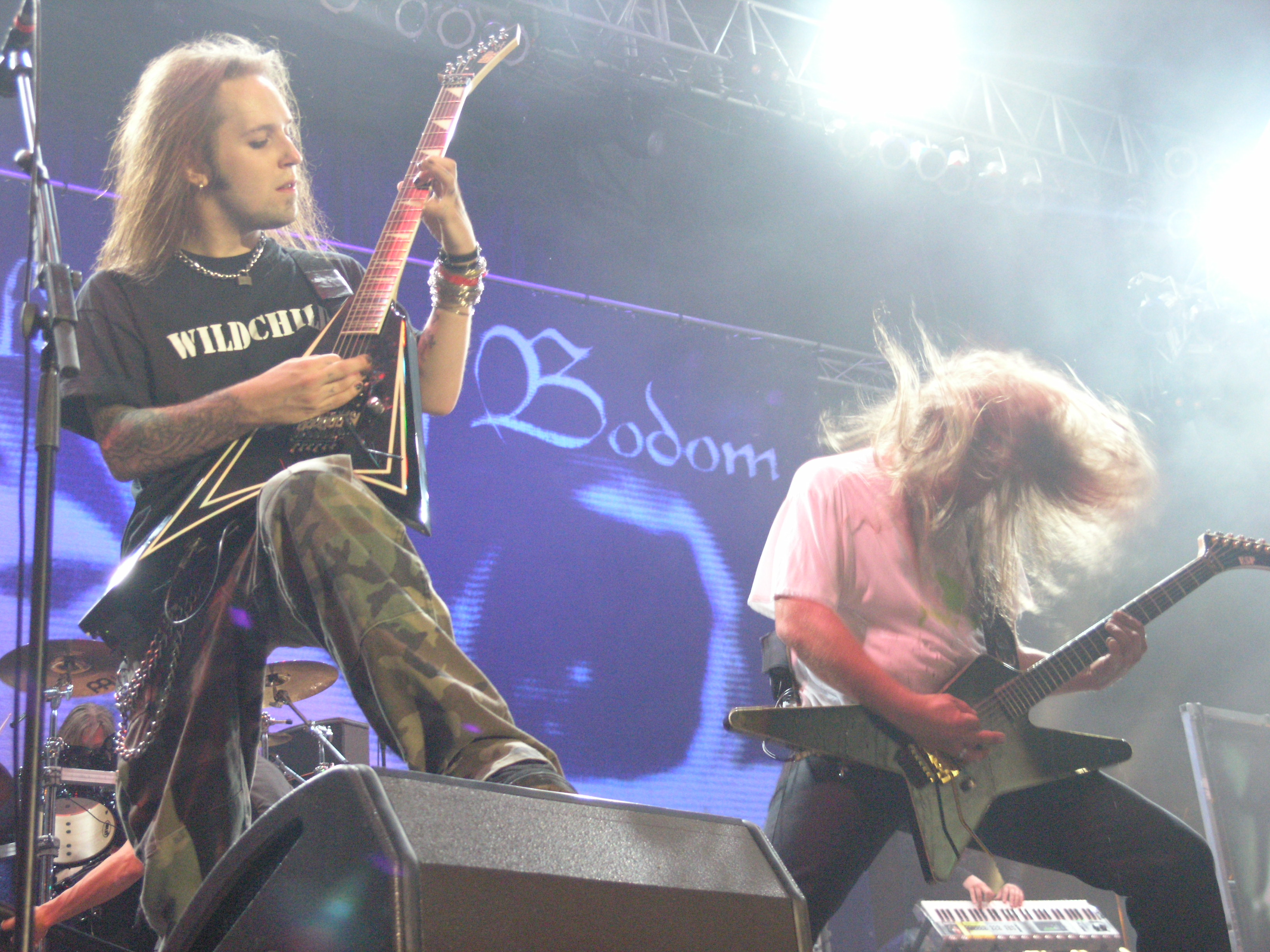Pop and rock of Switzerland in the 1960s
During in the late 20 th century, in the 60s, rock and roll, or beat music, was well-known, peaking in the year 1968 with the release of ...
http://worldhitz4u.blogspot.com/2014/03/pop-and-rock-of-switzerland-in-1960s.html
During
in the late 20th century, in the 60s, rock and roll, or beat music,
was well-known, peaking in the year 1968 with the release of Les Sauterelles
heavenly Club. Swiss Rock fame started in the year 19578, when the Hula
Hawaiians joined rockability, setting the stage for the early 60s flourishes.
The Francophone part of Switzerland later establish itself lead by French
celebrities like Johnny Hallyday and later Swiss musicians such as Les
Faux-Freres, Les Aiglons and Larry Greco became main musicians.

source of picture: en.wikipedia.org
1964
saw Beatles-encouraged pop take hold on the continent, replacing the earlier
instrumental rock and encouraging musical battles in Basel, the capital of
Swiss rock. Swiss ensembles in the same mold include The 16 Strings and Pichi
and German-speaking performances later controlled the field. Zurich then became
a point of invention, drawing on Chris Lange’s blues-origin explorations,
Heiner Hepp’s Bob Dylan-encougared traditional and Toni Vescoli’s pop
popularity. Other Swiss musicians of the time include R&B performance The
Nightbirds from Locarno, light rock celebrities The Wild Gentlemen, The Blues
Sounds and pop ensemble known as Marco Zappa & the Teenagers. In the year
1967, musicians such as Kurt Marti Sergius Golowin and Mani Matter started
creating Swiss-German language rock, glorifying their unique national
uniqueness. While others such as Tinu Heiniger and Roland Zoss sand in German
language.
At
the year 1968, Swiss rock was declining, and musicians were discovering sonic
inventions. Basel’s Barry Window, for instance, used soul and Indian music to
make rock, while The Sauterelles discovered psychedilia.
